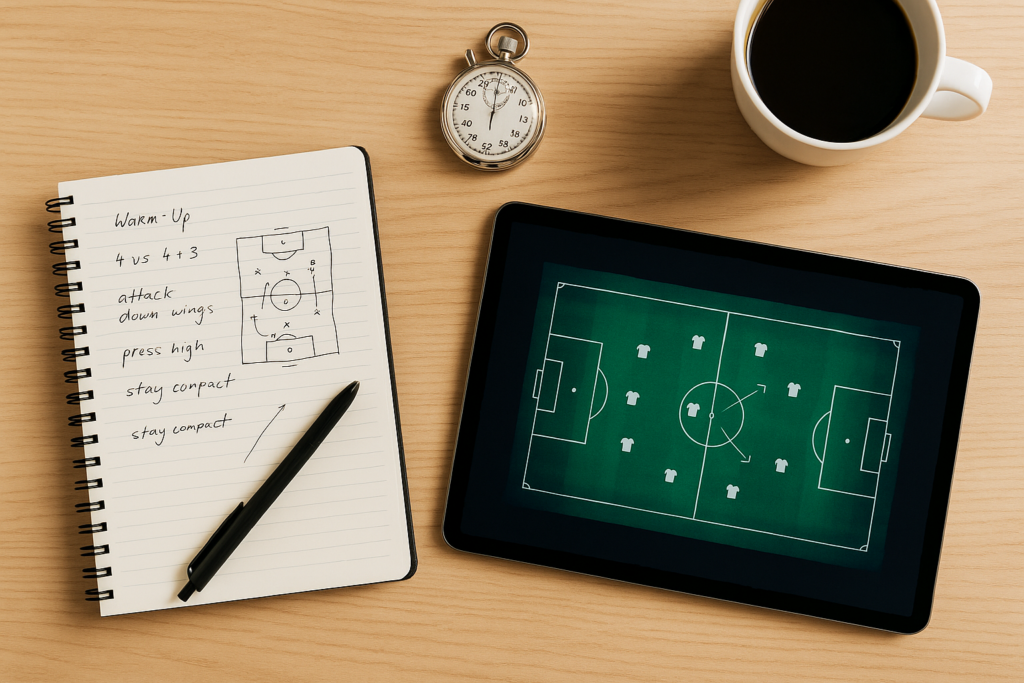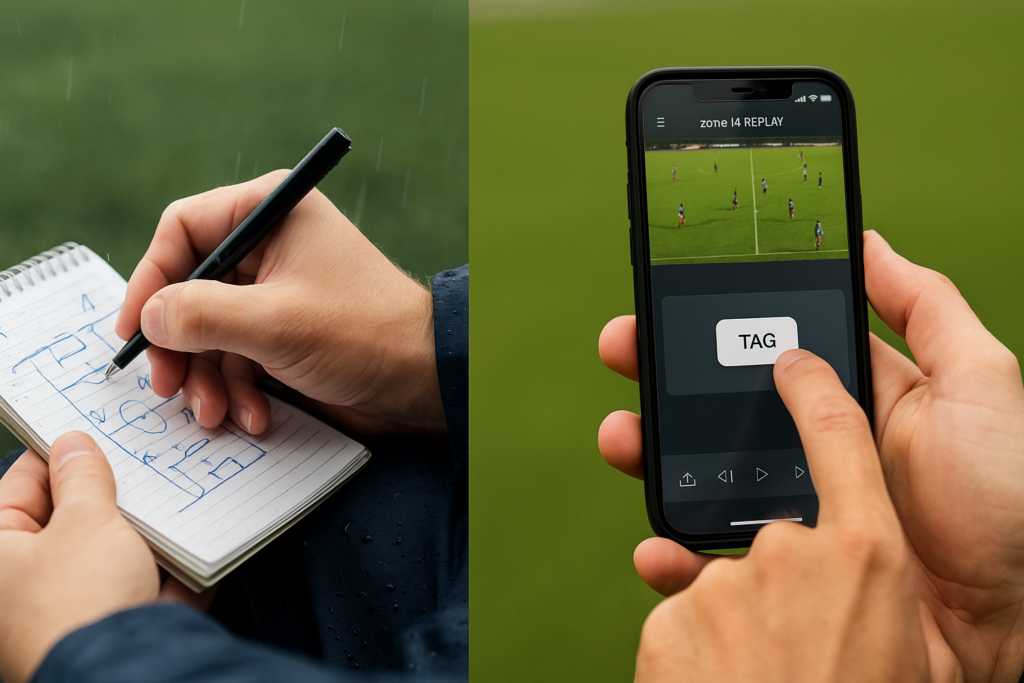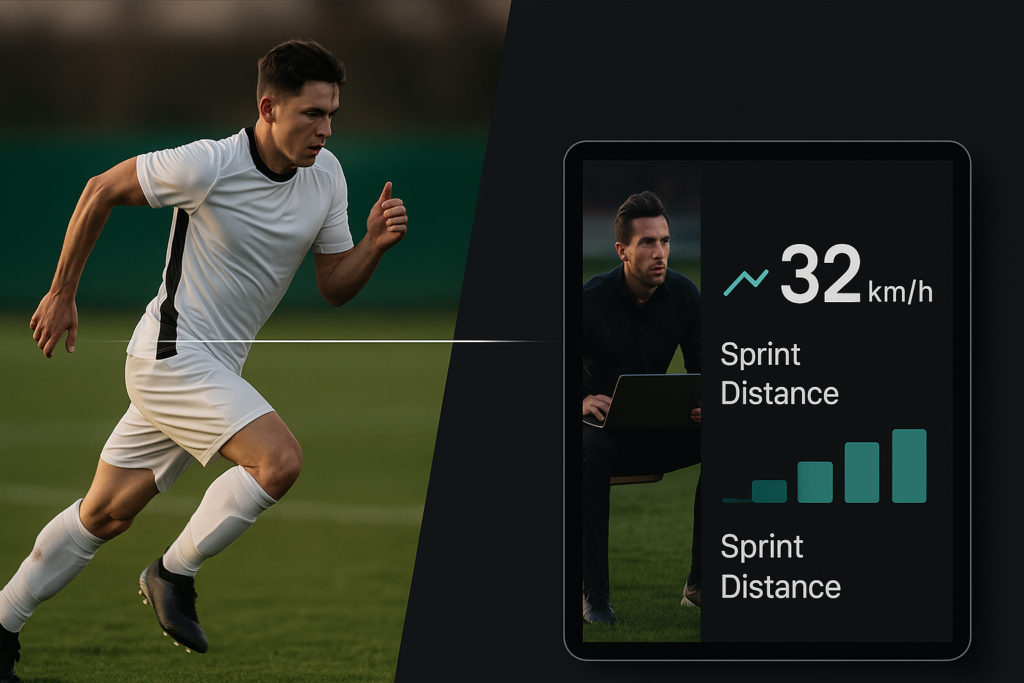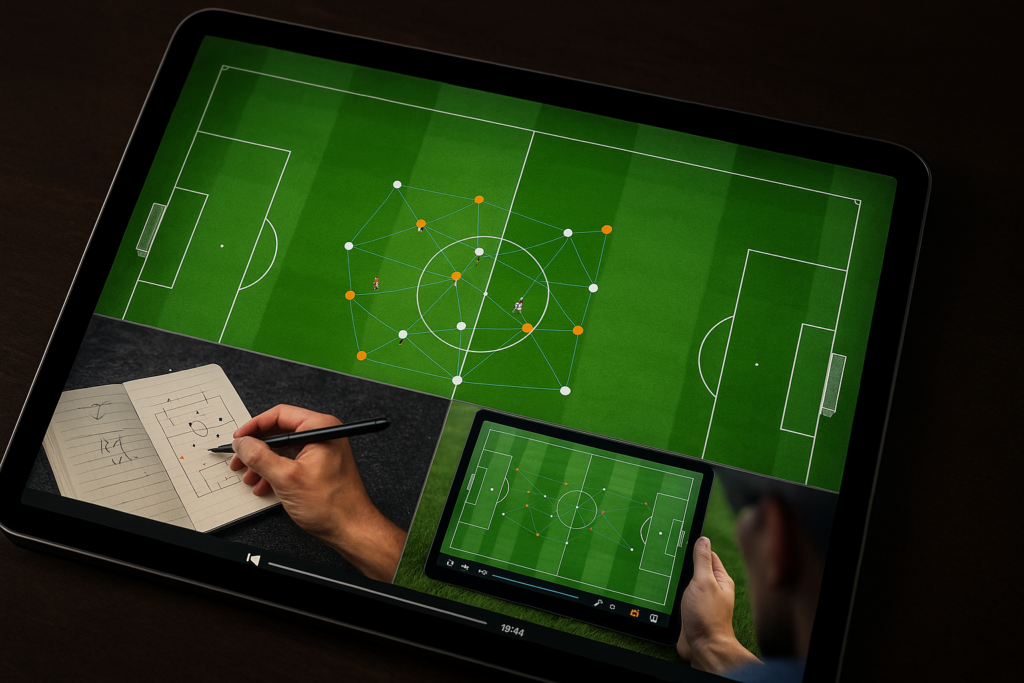
The final whistle blows. Emotions are running high – the joy of victory, the frustration of defeat. But for dedicated coaches, analysts, and forward-thinking club officials, a crucial part of the work is just beginning: the analysis. It is the key to learning from past performances, identifying tactical patterns, developing players in a targeted way, and preparing optimally for the next opponent. But where do you start? How do you transform 90 minutes of pure chaos into clear, actionable insights?
Many rely on their gut feeling and notes. But a structured, in-depth analysis can make the difference between stagnation and sustainable success. This comprehensive guide takes you step-by-step through the process of a professional game analysis – from basic preparation and the psychological aspects of communication to the use of modern tools like zone14 REPLAY, which make this process easier, faster, and more effective than ever before.
Good analysis doesn't start after the final whistle, but before it. A clear set of expectations and targeted questions will help you watch the game with an analytical eye.

During the game, you are often emotionally involved. Nevertheless, try to maintain an analytical distance and observe systematically.
Now the real work begins. With the video footage in front of you, you can analyze the game objectively and at your own pace.

The process described above is effective, but when done manually, it is extremely time-consuming. This is exactly where modern tools like zone14 REPLAY come in, taking your football tactical analysis to a new level.
So, zone14 REPLAY doesn't do the thinking for you, but it automates the time-consuming processes and gives you powerful tools so you can focus on what matters most: the substantive analysis and the improvement of your team. Here you can find out, how to get started with video analysis in your club.
Video analysis is a powerful tool for individual player development. Use its capabilities to focus specifically on individual players:

A good analysis is one thing, communicating it correctly is another. A poorly conducted video session can do more harm than good. Consider the following psychological aspects:

Implementing a professional video analysis system like zone14 is not only a sporting decision but also a strategic one for the entire club. The Return on Investment (ROI) is evident on multiple levels:
Structured game analysis is not rocket science, but rather the crucial process that transforms gut feelings into knowledge and assumptions into facts. It is the key to learning from every performance and laying the foundation for the continuous development of your team.
In the past, this process was often time-consuming and complex. Today, modern solutions such as zone14 REPLAY make a professional analysis workflow accessible to every club. They automate the tedious steps and provide you with powerful tools to efficiently break down games, clearly visualize insights, and easily share them with your team.
By systematically preparing and conducting your analyses and transferring the results into training, you close the cycle of success. Use these opportunities to give your team, your players, and yourself the decisive advantage.